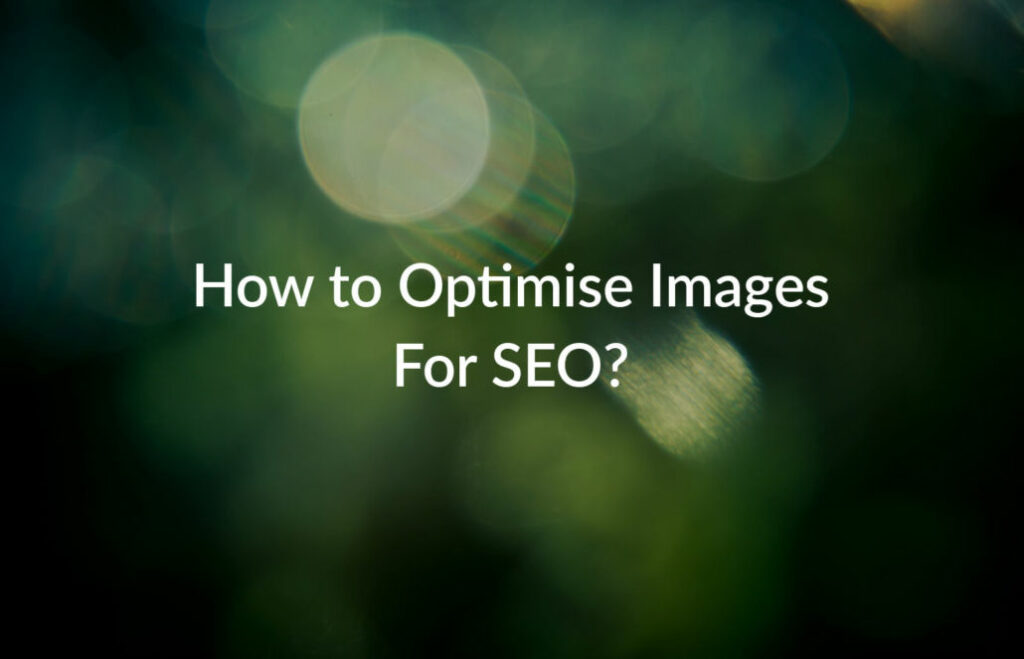Reading content online is designed to be easy. That is why some of the most engaging articles have plenty of paragraphs, brief entertaining sentences, multiple sub-headings, and added GIFS to lighten the mood.
But one of the most compelling ways in which content becomes captivating to readers is the presence of images. Images not only look attractive but also create a visual imprint on the eyes of the reader.

However, for this to be executed successfully, one has to know their way around optimising images.
This simple guide will help you get started with the subtleties around image optimisation today; including how to select the best images, and how to optimise them for your content.
Selecting the Right Images
The first thing about image selection is that an image should always reflect the subject matter of the text. This is mainly for the reader’s visual engagement, and it helps maintain synchronicity with what they are reading.
Secondly, these images need to be of great quality, placed in the ideal aspect ratio and come in a great resolution so that they are big enough to be viewed across all devices.
A common faux pas observable in most websites is the use of stock photos. Stock photos are one of the worst deterrents of organic traffic because they simply make your website look like one big marketing gimmick.

When selecting an image, you should always proceed with caution. You might be selecting one which you initially thought was copyright free, only to discover that the image’s rights are still under the owner’s name via Shutterstock or Getty. There’s no point of being slapped with a hefty invoice of £500down the line.
As a new rule of thumb, avoid purchasing stock photos. Conversely, you should hire the services of a photographer and have him or her take authentic photos for use.
It would also be wise to create your personal visual designs, charts, and graphs for content as well.
Nevertheless, if you’re strapped for time and money to undertake such a task, you can opt for free-image resources easily accessible online.
Using Online Sources Containing Free Images
Using Google Search to Find Images
When your searching for images online, you can narrow down your search result to free images by simply clicking on search tools, navigating to Usage Rights, and picking ‘Labeled for Reuse as your main filter option.
You might not find the best photos here, but rest assured that there are great images available that other people might have not used before.
Creative Commons found on Flickr
Flickr is one of the best sources to find thousands of free images for use. These images usually come highlighted with a Creative Commons license.
It is a great alternative to copyright because what it simply means is that you can use the images as freely as you want, but you will have to give full credit to the owner of the photos as well as linking back to their personal Flickr accounts.
That being said, you should always double check the status of the photo you’re selecting on Flickr because there are some photographers who only permit their images to be used for non-commercial content
Other notable websites to look at when searching for images include Unsplash, Piktochart (mainly for creatives looking to find infographic images) and Gif Grabber.
Optimising the Size of the Image
After downloading a relevant photo, you will definitely want to resize it so that it doesn’t occupy a lot of space inside your text.
For example, most photos captured with an iPhone tend to be more than 3000 pixels wide, which is way larger than the recommended size limit.
One of the biggest folly with huge images is that they can greatly reduce page load speeds, negatively affecting your search rankings. Hence, ensure to resize them before including them in your text.
Ideally, Photoshop is the best tool to optimize your images for uploading, but there are multiple options out there including Picresize.
If you’re on a tight budget, however, simply open the Paint program on your computer and resize the image.
Giving Your Image an Accurate Title
Before you choose for your image to go live along with the text, it is important that you assign the right file name to your image.
While this might not play any significant role when it comes to SEO, it will definitely make things easier when you need to quickly navigate to the image and change something about it.
Fortunately for block programs such as WordPress, the photo is automatically assigned the title of the file name.
Writing Your Alt Text
This is usually done in the Alt section of content (commonly known as the Alt text).
This is what Google uses to read your image and present it when someone searches for images related to the one that you have posted.
Your alt-text should be brief, descriptive, and go straight to the point in describing what the image is all about.
The caption of Your Image
In WordPress, the caption field is one of the most highlighted fields when dealing with images. Though it might not add a lot of value in terms of SEO, the caption is where content is inserted to give your image a little more life and colour.
A great caption can also keep the reader hooked, and increase the mental clarity of the image in relation to the text that is being read.
Reclaiming Your Images Online
Lastly, if you photograph your own images, you might find that some people have snakingly used them on their own website without giving you proper credit as the owner.
You can reclaim your images by using an automated reverse tool such as Image Raider
All you have to do is simply add the images to the tool, and it will ping you any time someone infringes on your content and uses your images without your permission.
Once you have optimised all the images on your site is highly advise to start some link building to your website. We wrote up a really good guide explaining exactly why link building is important and should not be skipped.










